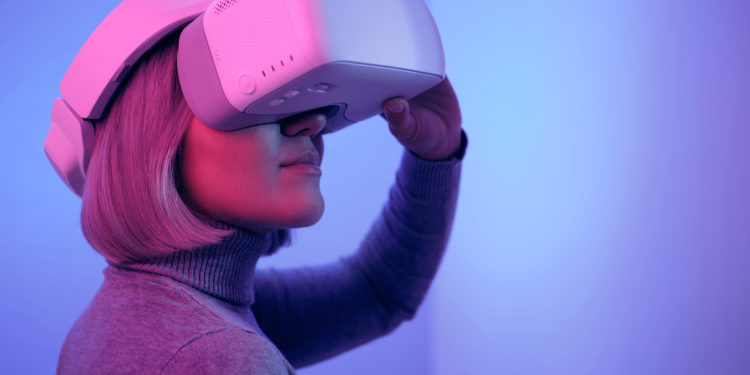Rumors about an Apple AR/VR headset have been circulating for years. Now Bloomberg has published a new report that contains further details.
Apple's first virtual reality headset will be an "expensive niche product" for a more ambitious augmented reality device that will follow later, according to well-known Bloomberg journalist Mark Gurman. In the article is called it:
As a primarily virtual reality-focused device, it will provide an all-encompassing 3D digital environment for gaming, watching videos and communicating. AR functionality, the ability to overlay images and information on top of a view of the real world, will be rather limited. Apple plans to launch the product as early as 2022, competing against Facebook Inc.'s Oculus, Sony Corp.'s PlayStation VR and headsets from HTC Corp., the people said.
Apple AR/VR headset: More expensive than competing products
According to the report, the first device has encountered "several development hurdles" and the company has "conservative" sales expectations. However, the high-end niche product is intended to prepare outside developers and consumers for eventual mainstream AR glasses.
Plans suggest that Apple's first headset will be far more expensive than its competitors, which cost about $300 to $900. Some Apple insiders believe the company may sell just one headset per day per store. Apple has around 500 stores, so in this scenario, annual sales would be just over 180,000 units - not counting other sales channels. That would put the headset on par with other expensive Apple products, such as the $5,999 Mac Pro desktop computer.
According to the report, Apple plans to equip the headset with much higher resolution displays than current VR offerings. It will also use advanced chips that are even more powerful than the latest M1 processors in Apple Silicon Macs. The product, codenamed N301, is even said to have an internal fan. However, since these are still prototypes, this could all change.
Are prescription lenses used?
The inclusion of the fan and powerful processors initially resulted in a device that was too large and heavy, so Apple reportedly moved the headset closer to the face and reduced the size. However, this means that users cannot wear glasses while using the headset. To solve this problem, Apple has developed a system where prescription lenses can be inserted into the headset over the VR screens. Meanwhile, the AR glasses, codenamed N421, are still in the early stages of development and are still "several years away," according to insiders familiar with the matter, although Apple had originally planned to unveil them as early as 2023. Apple's AR/VR ambitions were leaked a long time ago, with many rumors spawning from Gurman's reporting. As always, it remains to be seen whether the journalist will once again be proven right. (Photo by Glazunov E. / Bigstockphoto)





